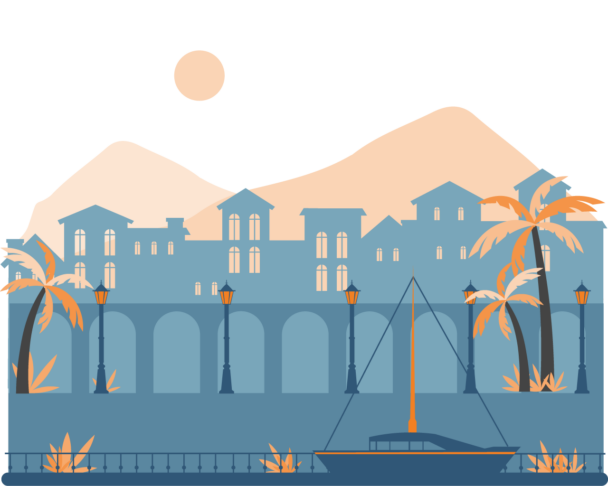Description
Targeted to B1 speakers or above. Read more »
At the B1 CEFR level, learners comprehend the main points of clear texts on familiar subjects and handle most situations while traveling. They can produce simple connected texts, expressing experiences, opinions, and plans in a concise manner.
Teaching math or science in English – especially when it’s not your first language or your students’ – is no easy task.
Even experienced teachers can find themselves wondering how to deliver complex ideas clearly while also helping learners build confidence in a second language.
It’s not just about knowing the right translation; it’s about creating lessons that students can really connect with and understand.
This course is for teachers who are teaching math or science through English or want to do it in the future.
It will be focused on the CLIL approach (Content and Language Integrated Learning), which will help combine subject learning with language development in a way that feels natural and effective.
It’s a method that supports both understanding and motivation, and it also helps students grow their cultural awareness along the way.
During the week, participants will explore practical strategies they can use in the classroom, through hands-on activities, shared reflection, and real-life case studies.
They will get the chance to talk through common challenges and test out solutions with other teachers facing similar situations.
Participants will also discover how to set clear goals and assess for both content and language, how to give instructions that actually stick, and how to build a learning environment that works for a range of cultural backgrounds.
Expect to dive into project-based learning, real-world applications of math and science, creative tools like coding and art, and digital resources that make planning a bit easier.
By the end of the course, participants will have new ideas, ready-to-use materials, and more confidence in their ability to teach in English, without losing sight of your subject.
They will leave with a plan that works for your classroom, and a better sense of how to make learning meaningful for all your students.
Upcoming sessions
| Location | Dates | Status | Enrol |
|---|---|---|---|
| Nice | 23-28 Jun 2025 | Book » | |
| Nice | 28 Jul - 2 Aug 2025 | Book » | |
| Nice | 25-30 Aug 2025 | Book » | |
| Nice | 22-27 Sep 2025 | Book » | |
| Nice | 27 Oct - 1 Nov 2025 | Book » | |
| Nice | 23-28 Feb 2026 | Book » | |
| Nice | 23-28 Mar 2026 | Book » | |
| Nice | 27 Apr - 2 May 2026 | Book » | |
| Nice | 25-30 May 2026 | Book » | |
| Nice | 22-27 Jun 2026 | Book » |
What is included
Learning outcomes
The course will help participants to:
- Understand and apply the principles of CLIL (Content and Language Integrated Learning) in mathematics teaching;
- Develop effective strategies to balance content and language objectives;
- Manage multicultural and multilingual classrooms through inclusive practices, clear communication, and intercultural awareness;
- Design and implement real-life, project-based, and place-based learning activities that connect math and science (curriculum) to students’ environments and cultures;
- Integrate digital tools, games, and programming into math lessons to enhance both subject learning and English language use;
- Evaluate student learning effectively in a bilingual context, considering both content mastery and language development.
Tentative schedule
Day 1 – Course introduction
- Introduction to the course, the school, and the external week activities;
- Icebreaker activities and warm-up games;
- Presentations of the participants’ schools.
CLIL methodology
- Content and integrated learning, what is it?;
- Methodology and strategies;
- Assessment;
- Case study and group discussion.
Day 2 – Applied mathematics
- Vocabulary and games;
- Math and art, math and sciences;
- History of mathematics.
Day 3 – Project-based learning (PBL) and place-based learning using math
- Methodology;
- Outdoor group activity;
- Sharing our ideas and reflection.
Day 4 – CLIL-friendly, math, games, and activities
- Examples and case studies;
- Creativity, interdisciplinarity, and cultural connections;
- Design of activities and games.
Day 5 – Designing your lesson plan or a school project
- Teamwork;
- Designing a lesson plan or a school project;
- Presentation and discussion.
Day 6 – Course closure and cultural activities
- Course evaluation: round-up of acquired competencies, feedback, and discussion;
- Awarding of the course Certificate of Attendance;
- Excursion and other external cultural activities.



